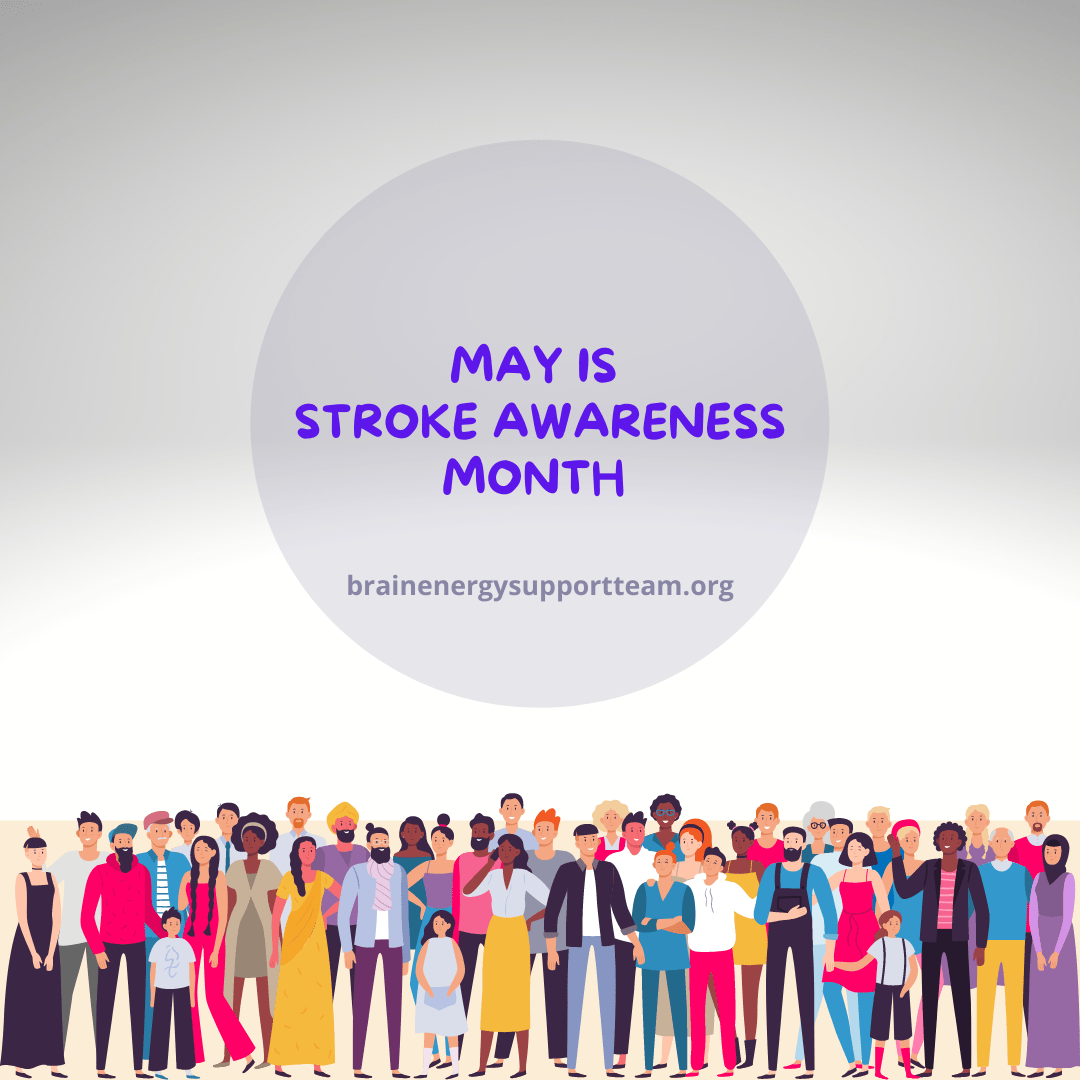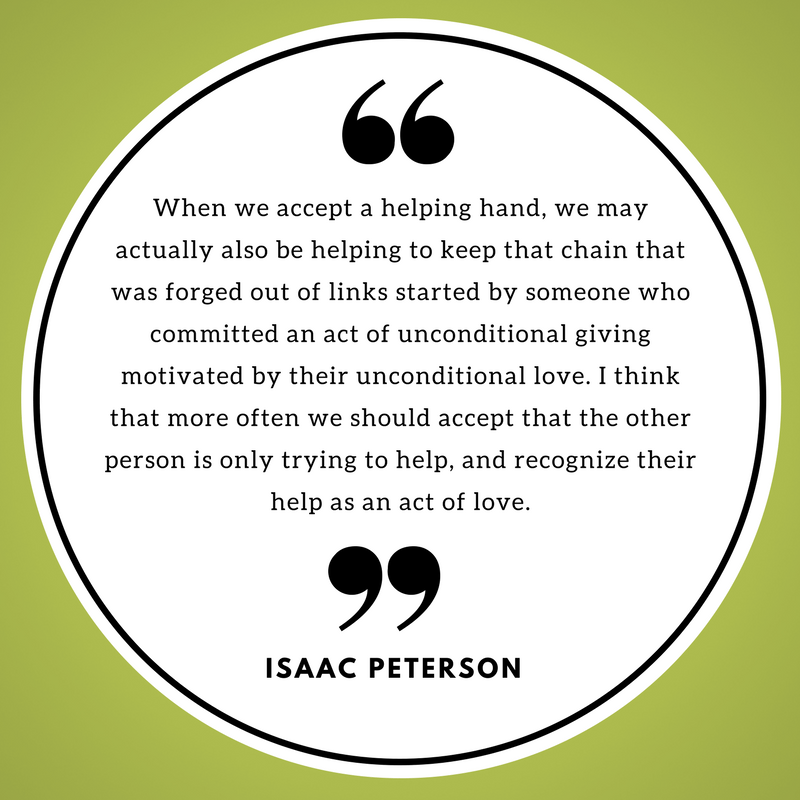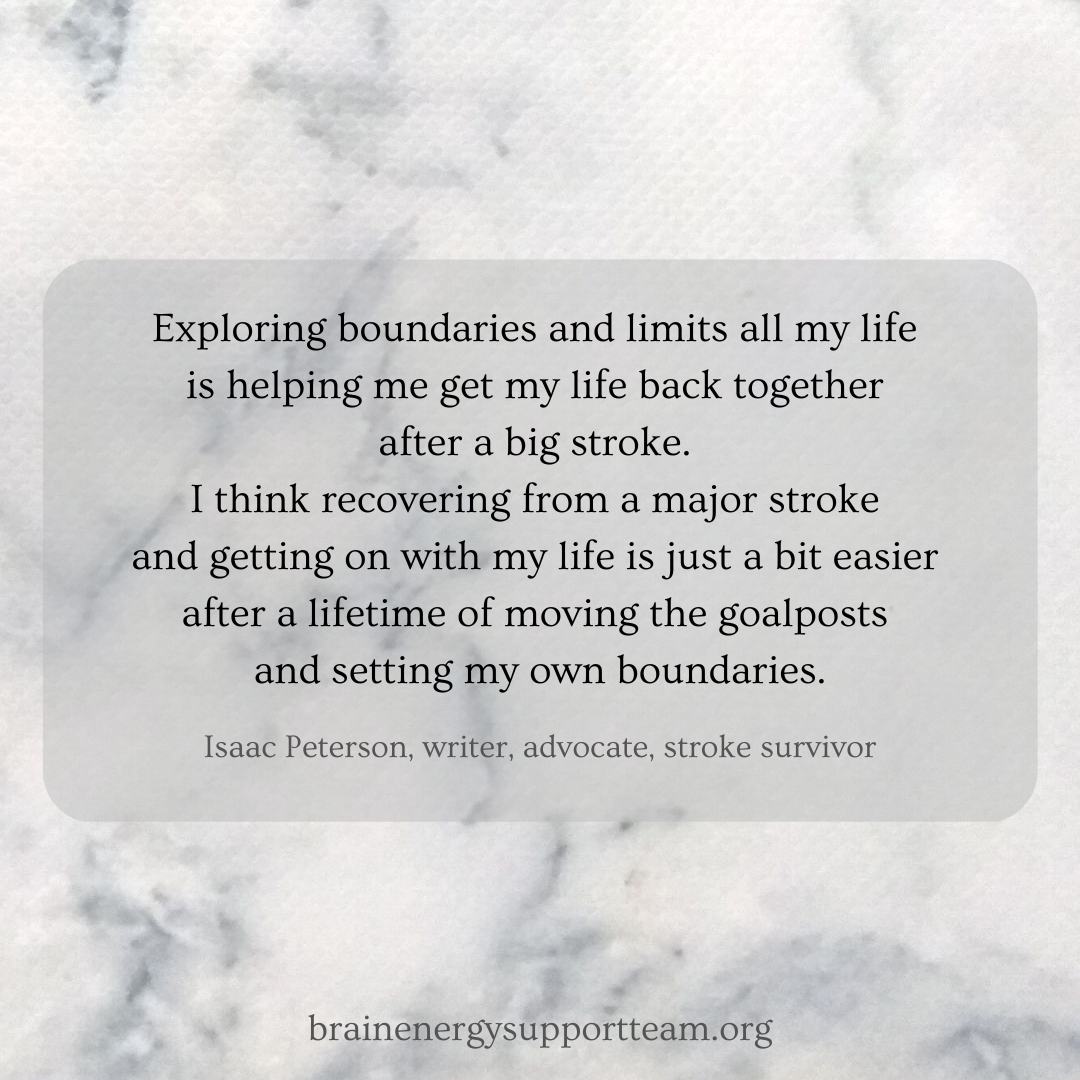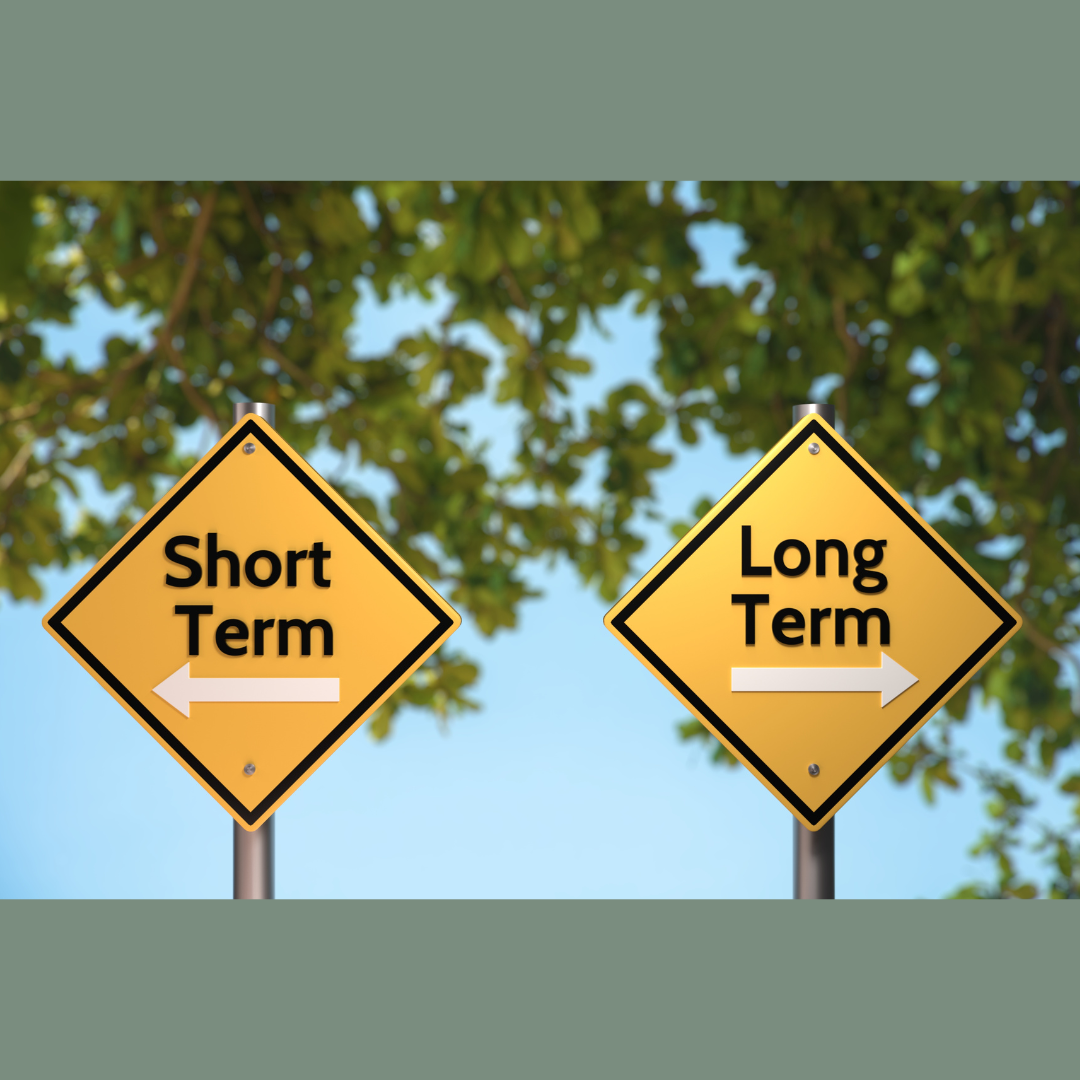I was one of the lucky ones who emerged from a massive stroke with my mind seemingly intact (depending on who you ask, ha ha).
According to a 2019 study by the World Health Organization, worldwide, strokes are the second biggest cause of death, with different types of dementia coming in third, and gaining ground on strokes.
I have definitely been concerned about Alzheimer’s and dementia later in my life. I currently have two dear friends, one with dementia, the other in hospice care with end stage Alzheimer’s.
That really drove home, in a deeply personal way, how devastating they can be.
I’ve seen estimates that there at least 50 million people worldwide who suffer from Alzheimer’s disease at any given time.
I had always been told one way to keep alert and sharp is to keep my mind active. That’s easy enough to do.
But treating and preventing Alzheimer’s and dementia are more complex than that.
There are some aspects of those two terrible neurodegenerative conditions that are beyond an individual’s control and for the longest time no one really knew much about those aspects. But that can all change, and hopefully, soon.
There are some interesting lines of research starting to come together that may lead to a cure for dementia and Alzheimer’s. The following is taken from various scientific and medical sources. I’ve tried to piece some of them together so you don’t have to.
Hang on—this stuff is pretty complicated, but I’ll do my best to summarize it. I’m not a doctor (I don’t even play one on TV).
Let’s get started.
It seems there is an organic substance, a protein called tau, that has been linked to brain cells dying and brain shrinkage. There are indications another type of protein, called amyloid-beta, is also involved. The two together build up into what are called aggregates or tangles. Aggregate buildup has been linked to memory loss, personality changes and inability to function normally.
One research team has found it takes the aggregates roughly five years to double in size in the
brain, and around 35 years to progress from mild symptoms to stage six, the most advanced
stage. It is thought by some that at the rate of doubling every five years it takes something like
35 years to increase 128-fold.
Although science may be zeroing in on a cause for Alzheimer’s, there is something that adds
another layer of complexity: woodpeckers.
Woodpeckers? Seriously?
For a long time, woodpeckers have been thought to have some immunity from brain
injuries—in spite of repeatedly ramming their beaks against solid wood at several times the
force of gravity. There are some known natural protections against brain disease in woodpeckers, like having brains that fit more tightly in their skulls that prevent their brains from moving as freely as brains in human skulls.
However, they also have tau proteins and researchers are trying to see what, if any protections woodpeckers may have against brain injuries or deterioration.
What if their secret can be unlocked and applied to humans? The answer to that will require a
lot more research and work. Studying woodpeckers has already suggested ways to improve
equipment to better protect children playing football.
But other research independent of woodpeckers has already uncovered a possible treatment or
cure for Alzheimer’s disease or dementia: a molecule called VPS35.
Without going through a lot of boring detail, VPS35 shows promise for breaking up the protein
accumulations that are present in Alzheimer’s.
This also has possible implications for treating traumatic brain injury. I once wrote that some
studies seem to indicate a possible link between TBI and Alzheimer’s later in life.
VPS35 may clear out tau and amyloid buildups and stop or even possibly reverse the
progression of Alzheimer’s disease. Research into possible ways to use VPS35 as treatment of
debilitating brain conditions is ongoing.
This is all a very simplistic explanation of very complex and involved scientific findings and
research. I just thought I would try to provide a snapshot in time from a layman’s perspective
into the science behind treating neurodegenerative brain conditions.
Again, the research is ongoing and has no doubt progressed from what I’ve related here.
Devising a cure or a treatment for Alzheimer’s, dementia, TBI and other brain conditions is a long haul and a work in progress.
There is still a long way to go to get to the finish line, but we are at least out of the starting gate.
Stay tuned.
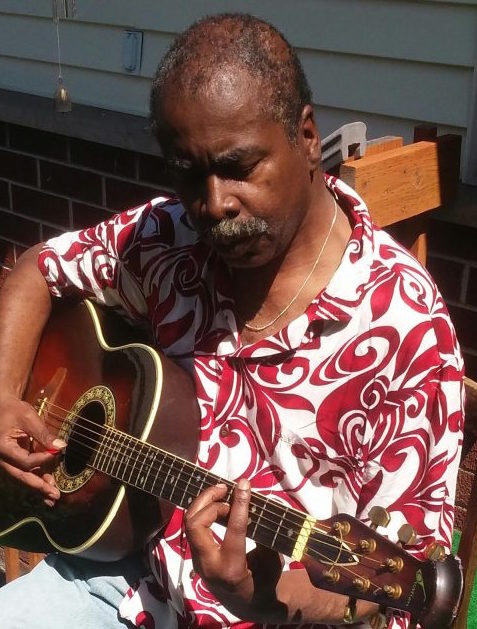 | Isaac Peterson grew up on an Air Force base near Cheyenne, Wyoming. After graduating from the University of Wyoming, he embarked on a career as an award-winning investigative journalist and as a semi-professional musician in the Twin Cities, the place he called home on and off for 35 years. He doesn’t mind it at all if someone offers to pick up his restaurant tab and, also, welcomes reader comments. Email him at isaac3rd@gmail.com. Read more articles by Isaac here; https://www.brainenergysupportteam.org/archives/tag/isaac-peterson |
|---|


